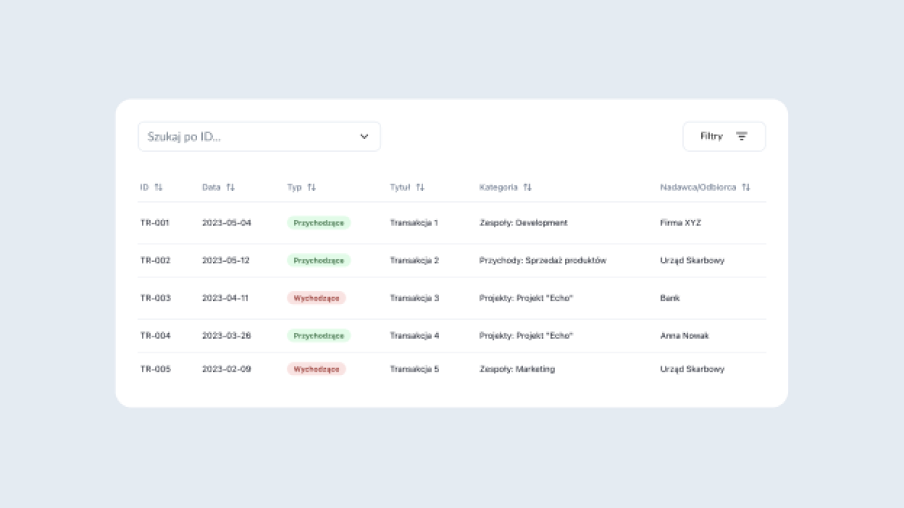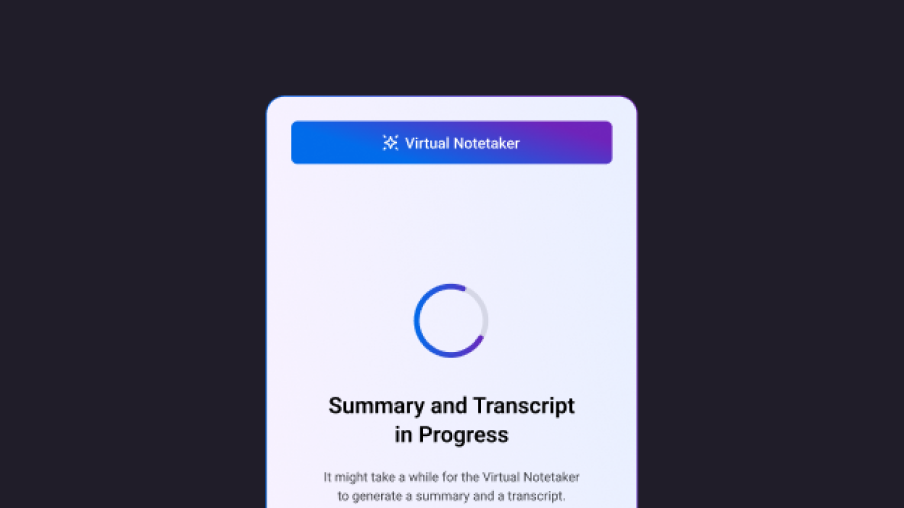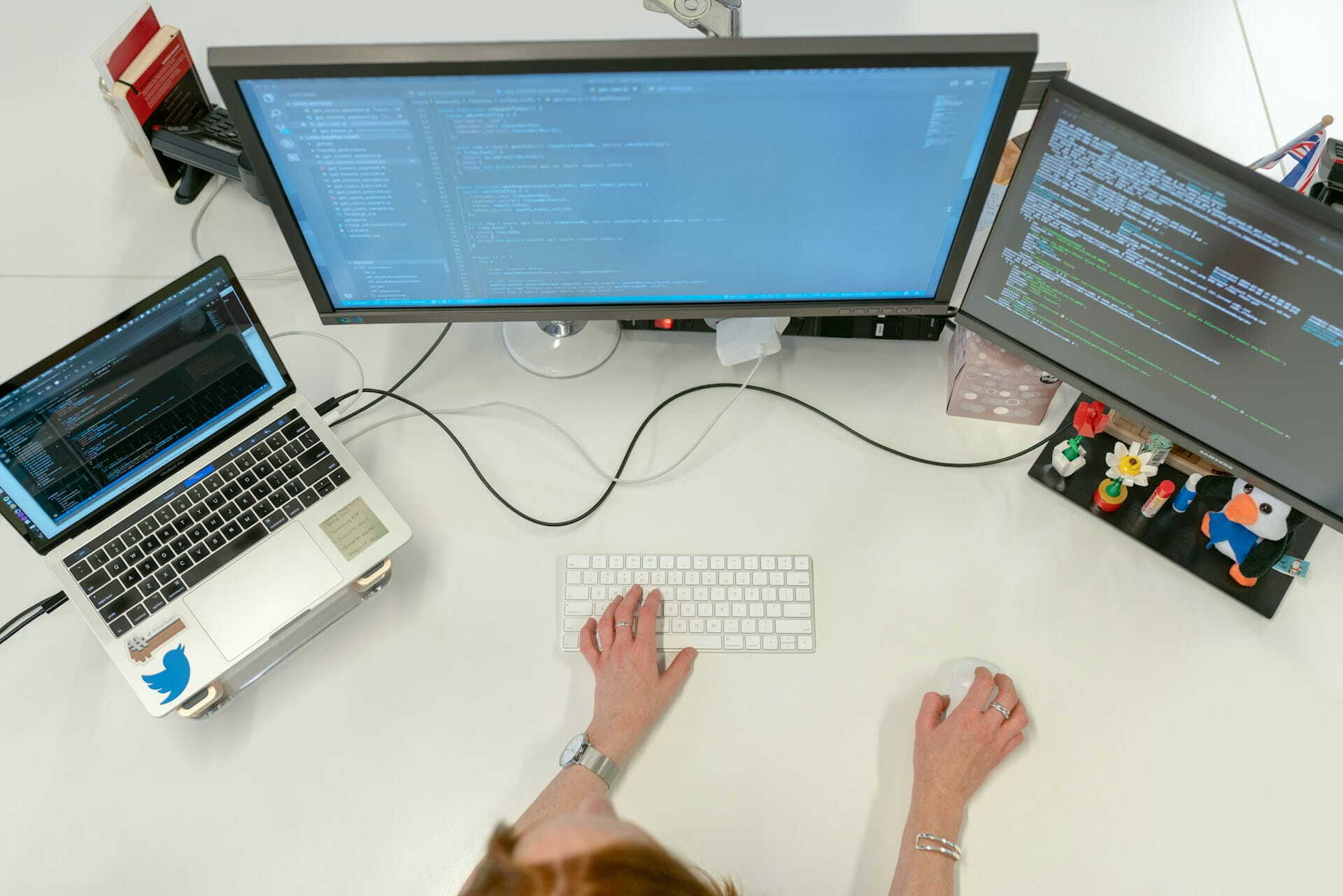20 July 2025 (updated: 20 July 2025)
Why You Should Start AI Projects with a Proof of Concept?
Chapters

Before you invest months into an AI product, here’s why a quick Proof of Concept can make or break your success.
New ideas can generate a lot of excitement, but that energy often outpaces what’s technically or commercially realistic. Before committing time and resources to building a full product, it’s worth stepping back to ask a simple but critical question:
“Does this even make sense from a technological and business perspective?”
This is where a Proof of Concept (PoC) comes in: a focused, fast way to test key assumptions before committing to full-scale product development.
What is a Proof of Concept – and how is it different from an MVP?
A Proof of Concept is an experimental, relatively short phase focused on validating whether a particular technological approach is viable. Unlike a Minimum Viable Product (MVP), a PoC:
- Focuses on technology validation, not a finished product (“Do we have access to the right tech and tools to build this?”).
- Doesn’t require a full user interface – working logic is enough.
- Often used in AI projects to check if the model handles the data properly and whether the available data is of sufficient quality and quantity (“Do we have enough of the right data?”).
Why a PoC is especially valuable in AI development
The current AI boom – fueled by powerful algorithms, massive computing resources, and widespread data access – has made it easier and faster than ever to build tech products. But that also increases the risk of investing in ideas that ultimately don’t work.
A Proof of Concept lets teams:
- Validate feasibility early
- Uncover hidden risks
- Identify necessary adjustments before scaling up
Even tech giants like Google use PoCs. In its autonomous vehicle project, Waymo conducted extensive PoC testing to determine if AI models could reliably detect pedestrians, road signs, and react to sudden changes like abrupt braking.
On the flip side, IBM’s Watson for Oncology illustrates how a PoC can prevent misguided investment. The AI system struggled with data quality, generated incorrect treatment recommendations, and proved too costly – ultimately leading IBM to pivot.
Benefits of using a Proof of Concept
A well-executed PoC offers several advantages:
- Reduces risk by validating feasibility early
- Saves time and resources by avoiding full development of flawed ideas
- Clarifies technical and data requirements
- Improves stakeholder alignment around realistic expectations
- Provides early feedback from users or clients
- Boosts investor confidence by demonstrating traction or viability
How to run a practical PoC
There’s no one-size-fits-all formula, but for client-driven AI projects, a proven starting point is a discovery workshop.
Discovery workshop: defining the scope
During the session, you:
- Understand the client’s business needs
- Identify where AI can add real value
- Analyze data availability
- Define expected outcomes and success criteria
- Flag potential risks
- Create a roadmap for PoC development
From idea to prototype: building the PoC
Once we have defined the key questions that the proof of concept (PoC) should answer, we can move on to implementing our solution. Today, there are many tools available that make this process easier. One popular approach is to build a clickable prototype focused on the core functionalities we want to validate.
Choosing the right tool for prototyping
Several tools are well-suited for this task, including v0, lovable, and bolt.new. These platforms offer similar interfaces: a chat panel on the right for entering prompts, and a split view on the left to toggle between the code and a live preview of the application. Each tool offers different strengths:
- v0 is built for fast and lightweight validation, ideal when the goal is to check if an idea works without spending too much time on design.
- lovable emphasizes visually attractive interfaces designed to impress early users.
- bolt.new aims to support production-ready applications, providing built-in features like Stripe payment integration and Figma design import.
Under the hood, v0 runs on Next.js, while lovable and bolt.new use React with Vite. If you plan to continue building on the PoC, this may be worth considering - though it should not be the only factor in your decision. From a developer’s standpoint, bolt.new offers practical features like syntax highlighting and file search, which are particularly helpful for manual editing.
Building the PoC with v0
Let’s assume we choose v0 for our prototype.
Writing effective prompts
The technical team’s task is to craft prompt instructions that result in a consistent, working application that answers the questions defined during the initial workshops. Developers begin by writing UI prompts that describe the desired interface - for example: “A two-column layout with a navigation sidebar and a financial summary card.”v0 instantly translates this into clean React code using Tailwind CSS, delivering editable, production-ready components.
From prompt to working UI
From this point, the workflow becomes hands-on. Developers can refine structure, tweak styles, or add props and state logic directly in the generated code. Need to simulate API behavior? It’s easy to drop in mocked responses or connect to test endpoints to validate interactions and data flow.
Prototyping complex interactions
More complex UI elements such as modals, dynamic tables, or multi-step forms can be scaffolded with short, descriptive prompts and then fully customized. This enables quick prototyping of real product scenarios like invoice creation, transaction filtering, or dashboard navigation, all without building each interface element from scratch.
Finalizing the prototype
Once the prototype has been validated - both technically and through user testing - the team shifts into refinement mode. Developers clean up the codebase, implement usability feedback, and fine-tune interactions to ensure everything works as intended.
At this stage, it is common to replace mock data with real API connections, align UI styling with brand guidelines, and finalize components for handoff to the product or engineering team. The result is a polished, working proof of concept that looks and feels like a real application, and provides a solid base for developing the MVP - without the need to start over.
Common pitfalls and how to handle them
Depending on the complexity and scale of the project, working with v0 can present a range of challenges. While the tool excels at rapidly generating simple interfaces, more advanced logic, custom interactions, or API integrations may require manual code editing and a higher level of developer experience.
In these cases, writing prompts alone may not be enough - a deeper understanding of the generated codebase and the ability to extend it effectively become essential.
More common problems could include:
- Chat suddenly stops responding - Start a new chat thread to reset the context.
- “I asked to change the color of the button…now the whole layout changed” - Protect your work with frequent deployments (auto-versioning) or undo prompts if needed.
Still, with a bit of patience and the right development mindset, even these roadblocks can be turned into opportunities to better understand the tool - and shape a more resilient prototype in the process.
Prototyping in practice:
How Scanye validated a new product idea in just 6 weeks
Prototyping today is more than just a UX phase – it’s a crucial part of business validation. Scanye’s example shows how quickly a concept can be turned into real user value.
Concept workshops
Scanye and EL Passion jointly defined the vision for “Digital CFO” – a financial management tool for entrepreneurs. They outlined the MVP scope and key functionalities.
Prototyping with v0 by Vercel
The team chose v0 – a low-code tool enabling rapid development of working interfaces. The prototype included:
- Bank account integration
- OCR-based invoice processing
- AI-driven expense categorization
- A real-time financial dashboard
Usability testing
Six sessions were conducted with real users (entrepreneurs, existing Scanye clients). The tests were held remotely, and key insights were captured in a research report.
Fast iteration & roadmap
Based on the research findings, specific UX/UI improvements were identified. A product development roadmap was created, forming the foundation for the MVP build.
Results
- A prototype ready for market testing
- Confirmed product-market fit
- Validated monetization potential
- A clear path for continued development
How Clear Company built an AI interview assistant in days
Prototyping is no longer just a design task – it’s the fastest way to validate AI-powered product ideas in real-world conditions. The Clear Company case shows how quickly a functional solution can be tested with real users and moved toward implementation.
Discovery phase
Together with the Clear Company team, the product vision was defined: an AI assistant to streamline interview analysis for recruiters. The focus was on time savings, decision support, and fairness in candidate evaluation.
Proof of Concept with Recall.ai
To move quickly, the team leveraged Recall.ai to handle cross-platform call recordings from Zoom, Microsoft Teams, and Google Meet. Within days, they built a working prototype featuring:
- Automated transcription of interviews
- GPT-powered real-time summarization
- Structured output with key points, citations, and response breakdowns
- Secure cloud-based storage with permission control
Internal testing & iteration
The prototype was internally tested with hiring teams to validate usability and usefulness. Automated notifications were added to streamline recruiter workflows, and early feedback helped fine-tune summaries for clarity and structure.
Agile refinement & rollout
After validation, the team moved into agile development to expand the solution across the platform. Usability insights were incorporated, mock data replaced with real APIs, and the feature was prepared for full deployment.
Results
- A fully functional PoC built in days
- Validated value for recruiters
- Streamlined interview workflows with minimal manual input
- A strong foundation for scaling AI across the Clear Company platform
How an AI-driven e-learning platform for the Middle East validated investor interest
Proof of concept projects are often less about polish and more about potential. In this case, a simple prototype helped validate a vision: an AI-generated lesson platform tailored for the Middle Eastern market.
Discovery workshops
The team began by outlining the core value proposition - a scalable e-learning platform where AI would dynamically generate video, quiz, and other interactive lesson formats using text content provided by human lesson creators. The goal was to create an engaging educational tool that could appeal to both institutional partners and investors.
Mocked AI experience
To keep development lean and fast, the team decided not to implement real AI generation at this stage. Instead, mock data simulated how lessons could be built based on user preferences and curriculum needs. This allowed for quick iteration and clear communication of the core product idea.
The prototype included:
- Role selection: student, admin, or content creator
- A library of auto-generated (mocked) lessons
- Progress tracking dashboard
Internal demos & feedback sessions
The prototype was presented to a group of potential investors and domain experts in EdTech. While no direct investment was triggered from the sessions, the feedback was positive - highlighting strong product-market fit and broad applicability across regional and global markets.
Strategic takeaways
Although the prototype didn’t feature real-time AI capabilities, it successfully communicated the platform’s vision and value. The PoC served its purpose: proving the idea was compelling enough to warrant deeper exploration and future technical investment.
Results
- A clear product concept validated with early-stage stakeholders
- Strong interest in the platform’s scalability and regional relevance
- A foundational prototype ready for AI integration in future phases
- Recognition of the solution’s potential across diverse educational contexts
From PoC to MVP
Once you’ve validated your idea and answered your core question – “Can we use tool X to implement feature Y?” – you’re ready for the next steps. That might mean:
- Moving forward with development
- Adjusting assumptions based on findings
- Halting the project if it’s not viable
A working prototype – even if some core logic is mocked – can be shown to users or investors to communicate the product vision and gather early feedback.
Even if the technology “works,” market fit is not guaranteed. That’s where the Minimum Viable Product (MVP) comes in: a usable version of your product that can be tested in the real world to evaluate user interest and willingness to pay.
- PoC answers: “Will this work?”
MVP answers: “Does anyone really need this?”
Both are essential for building smarter, more sustainable AI products.
Final thoughts
A Proof of Concept is more than just a technical exercise – it’s a strategic way to reduce risk, save time, and make sure you’re building the right solution. Whether you’re creating a new product or collaborating with a client, a well-designed PoC helps test what’s possible, reveals potential challenges, and gets everyone on the same page about what to expect.
Check out also:
- Rewrite or Refactor? A Balanced Guide to Legacy Systems - If you're a founder, CTO, or business leader responsible for a product built on legacy technology, you’ve probably asked yourself: should we keep patching what we have - or start fresh?
- Unpacking AI Software Development: A Simple Guide for Everyone - AI software development is transforming the way we interact with technology, making it more powerful and accessible. From virtual assistants that help manage our daily tasks to algorithms that predict weather patterns, AI is becoming a part of our everyday lives.

.png)





